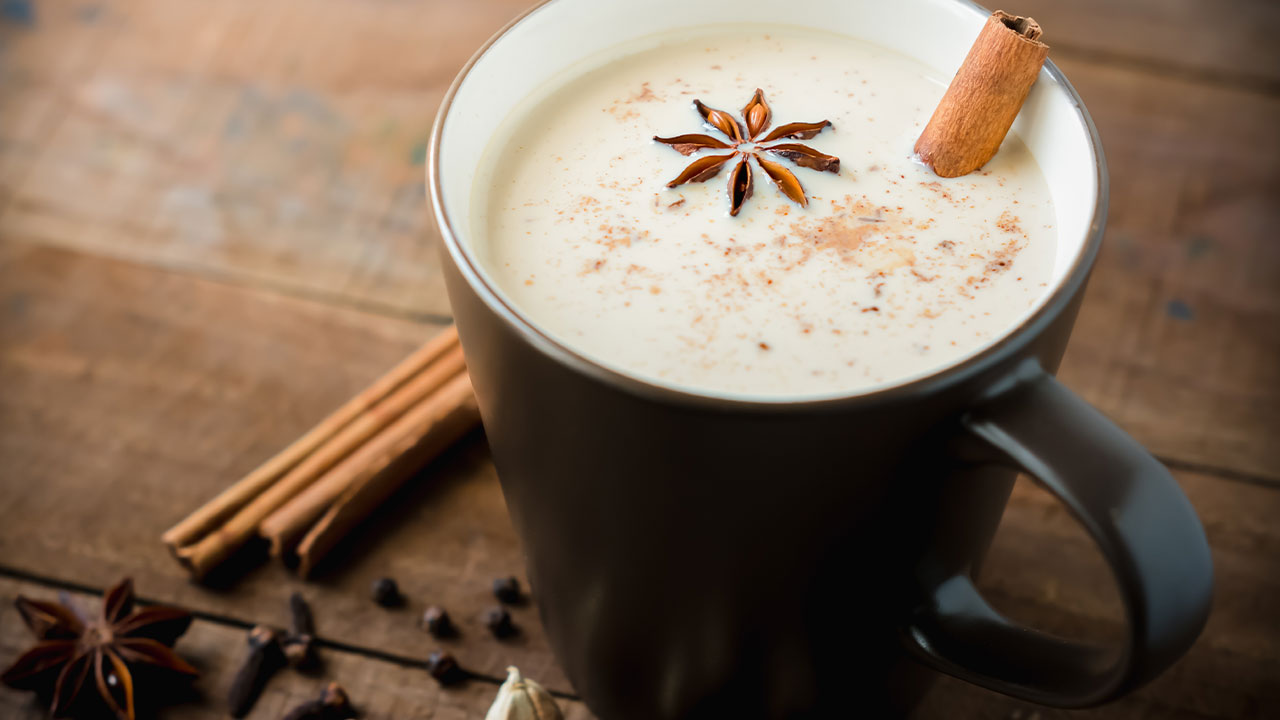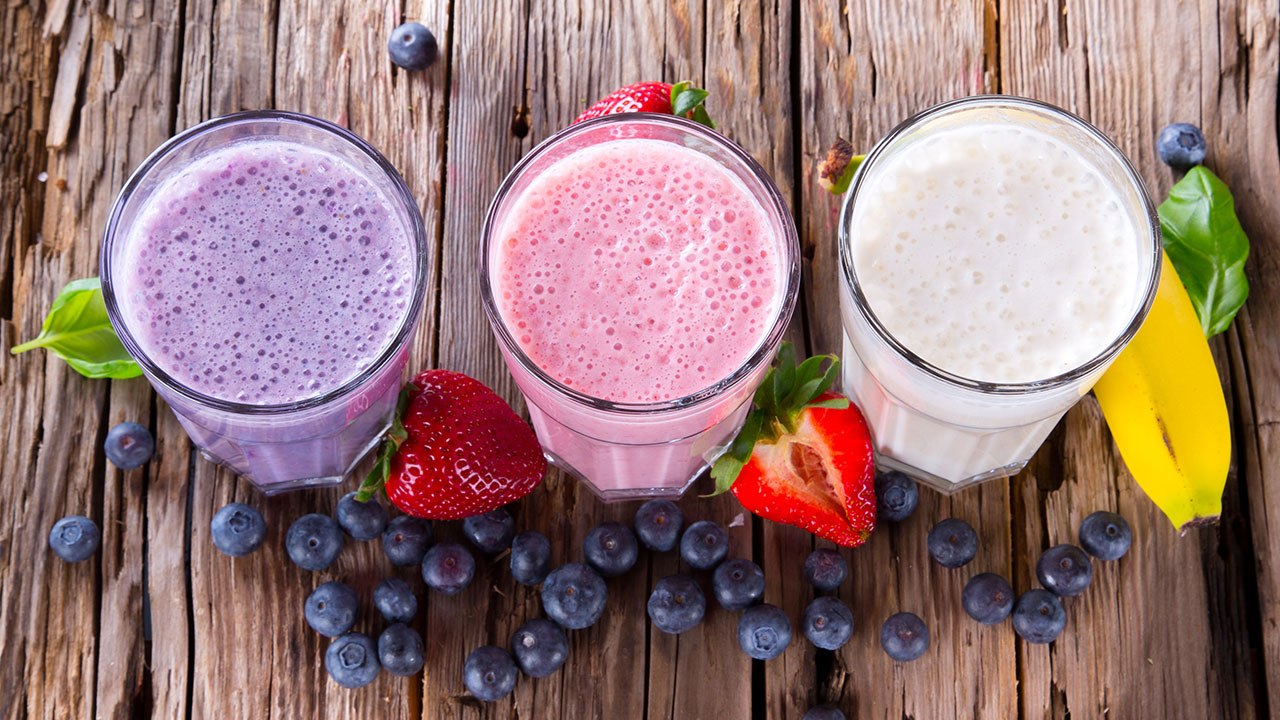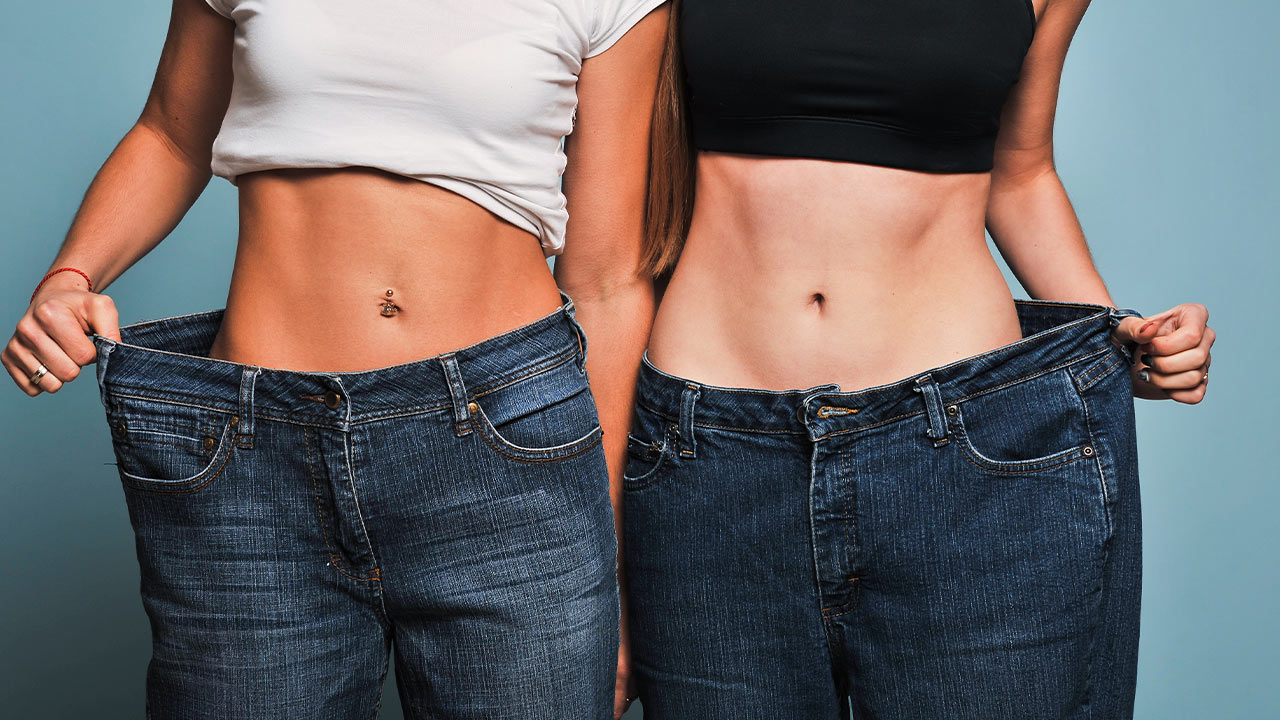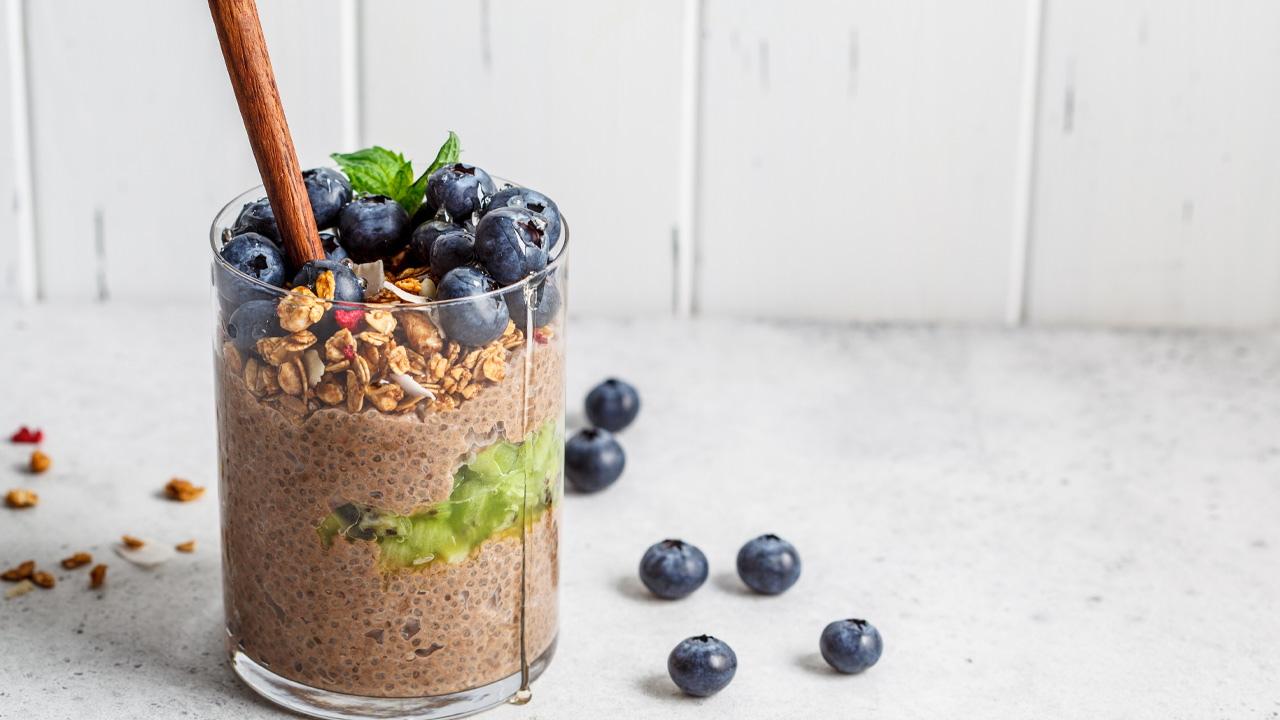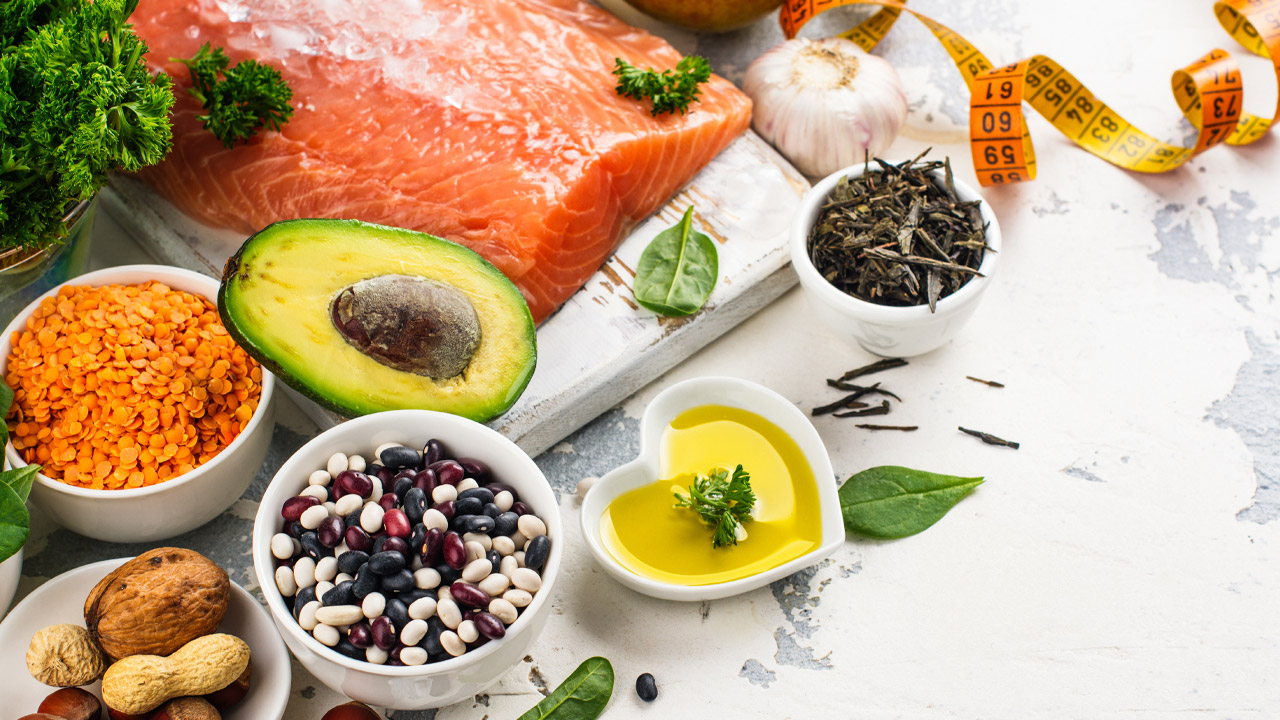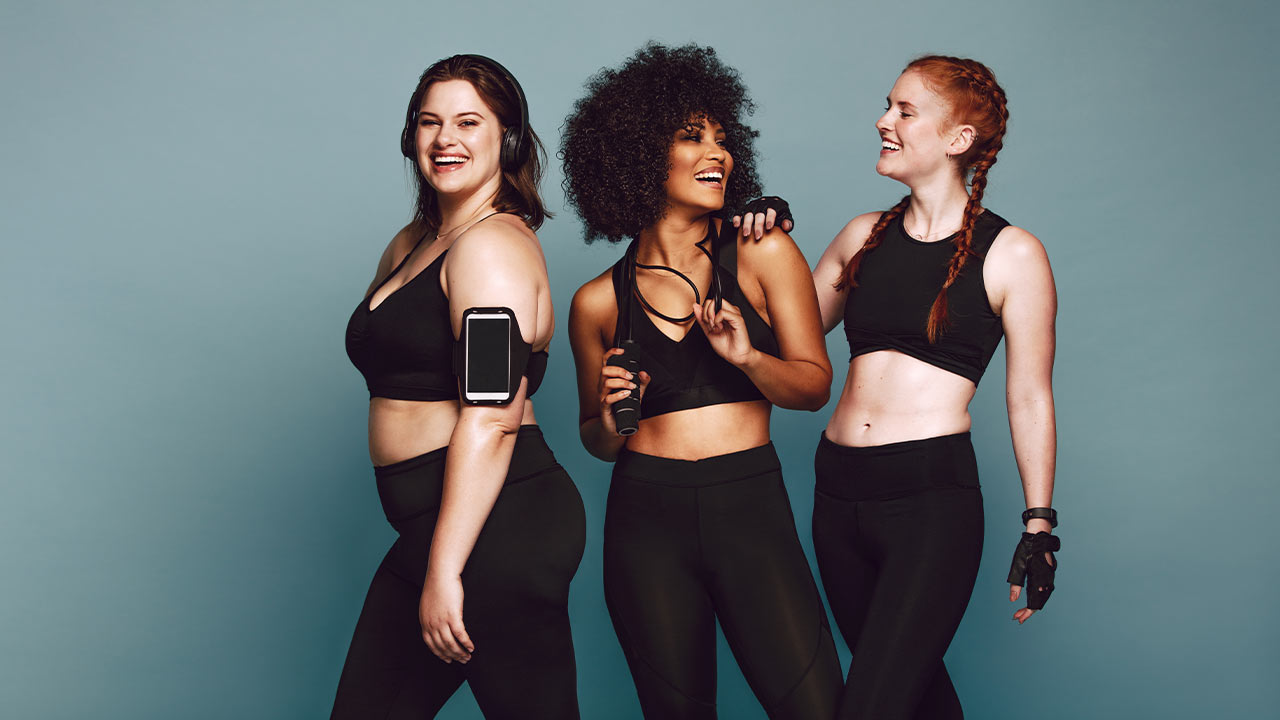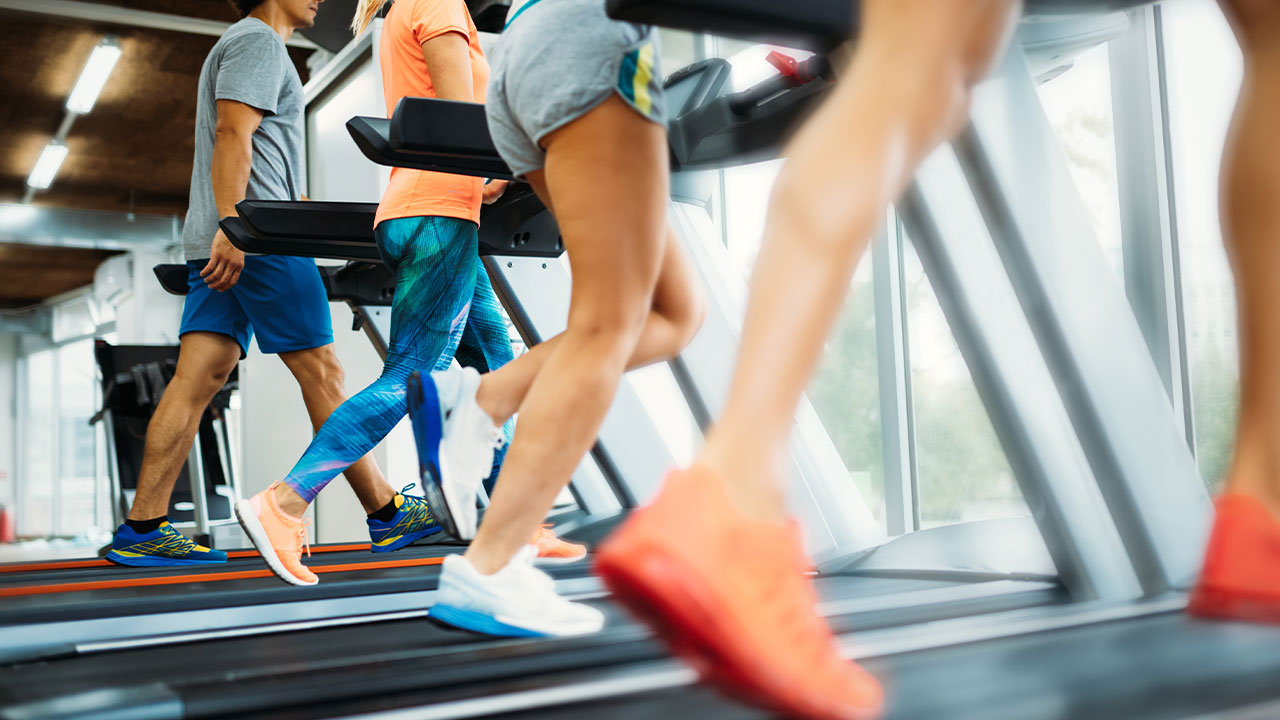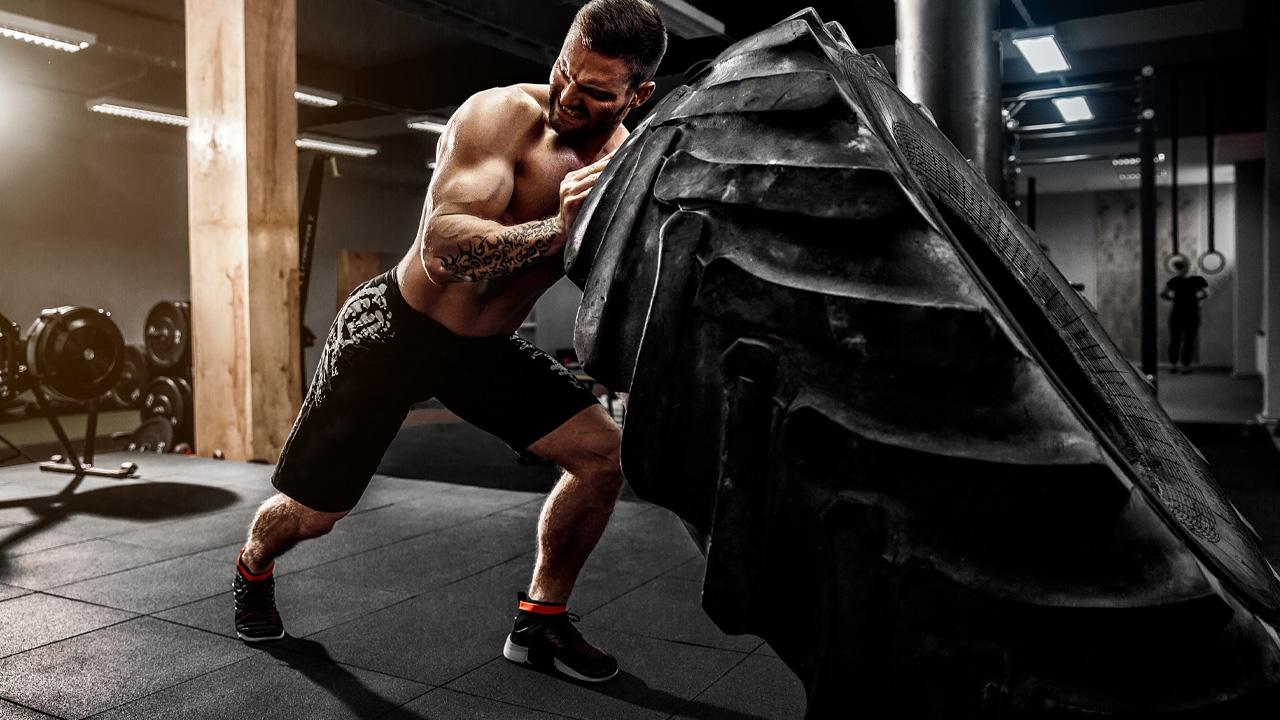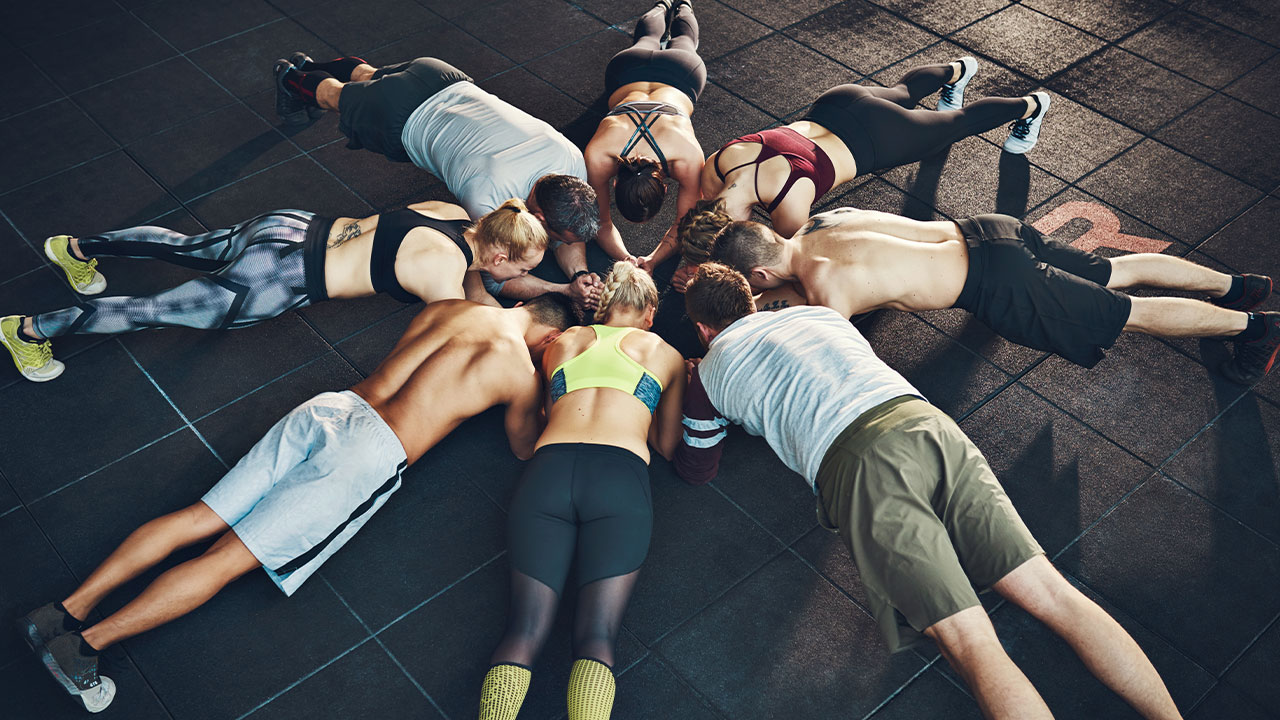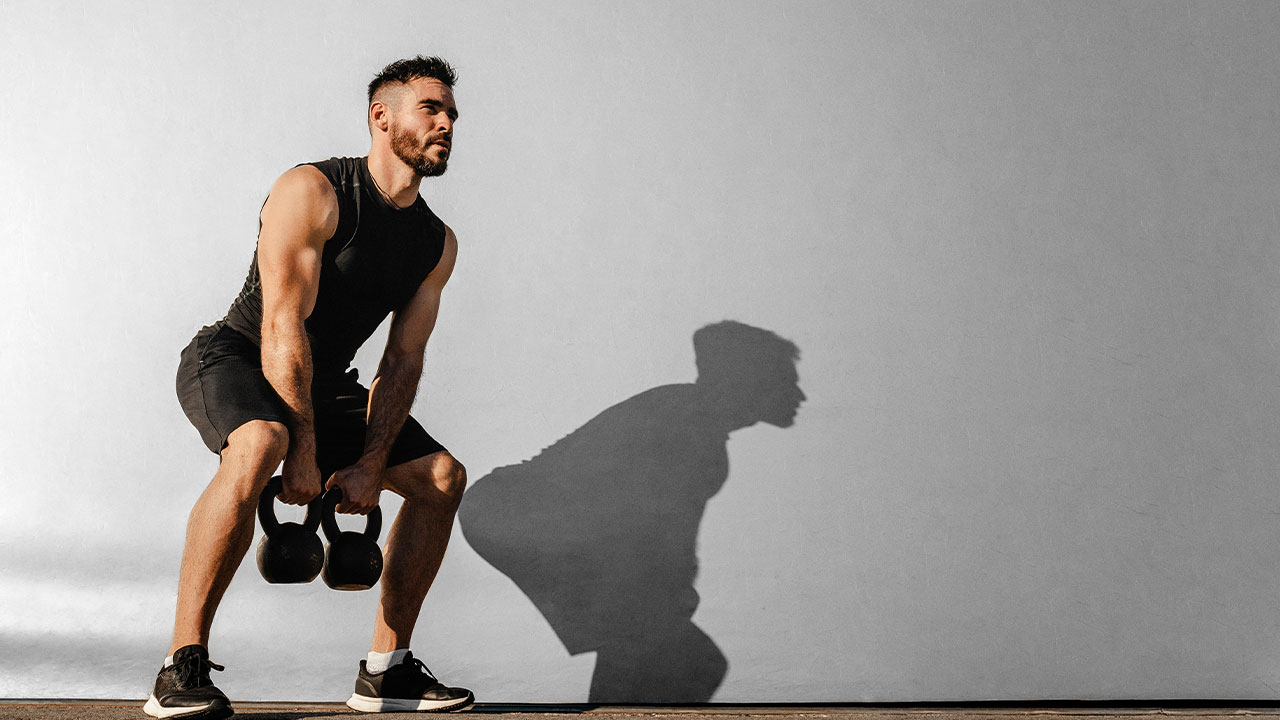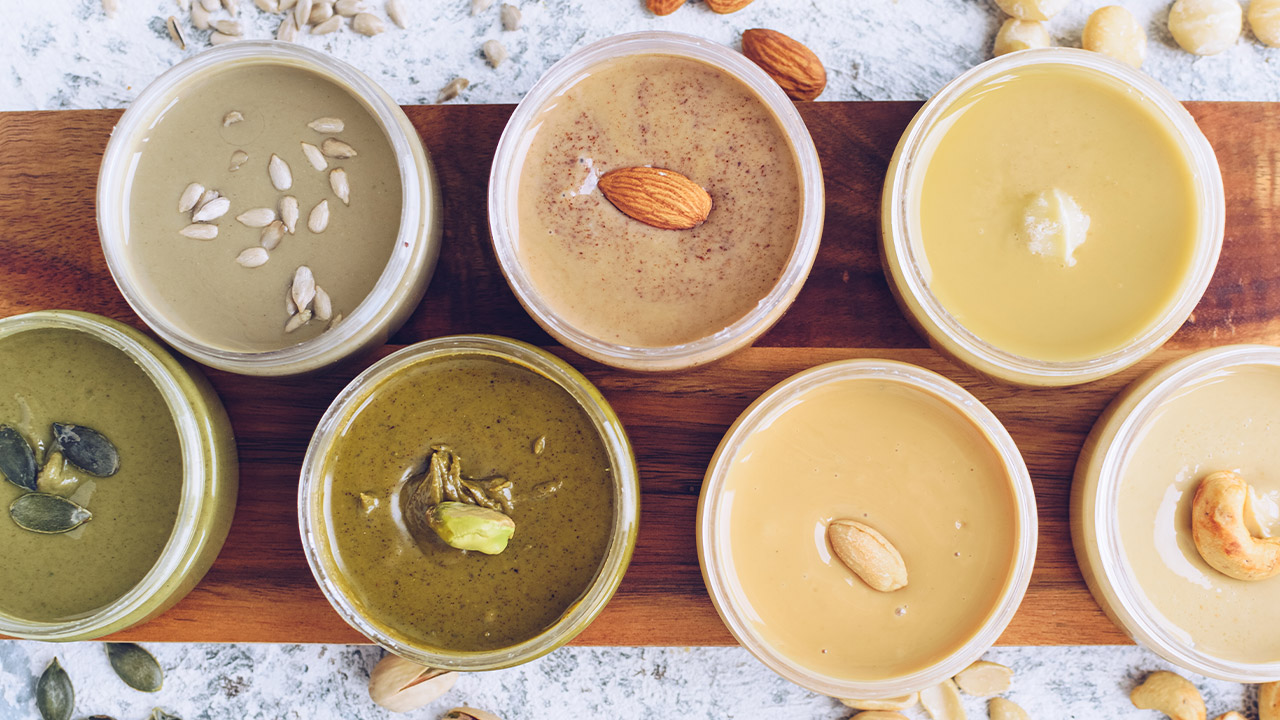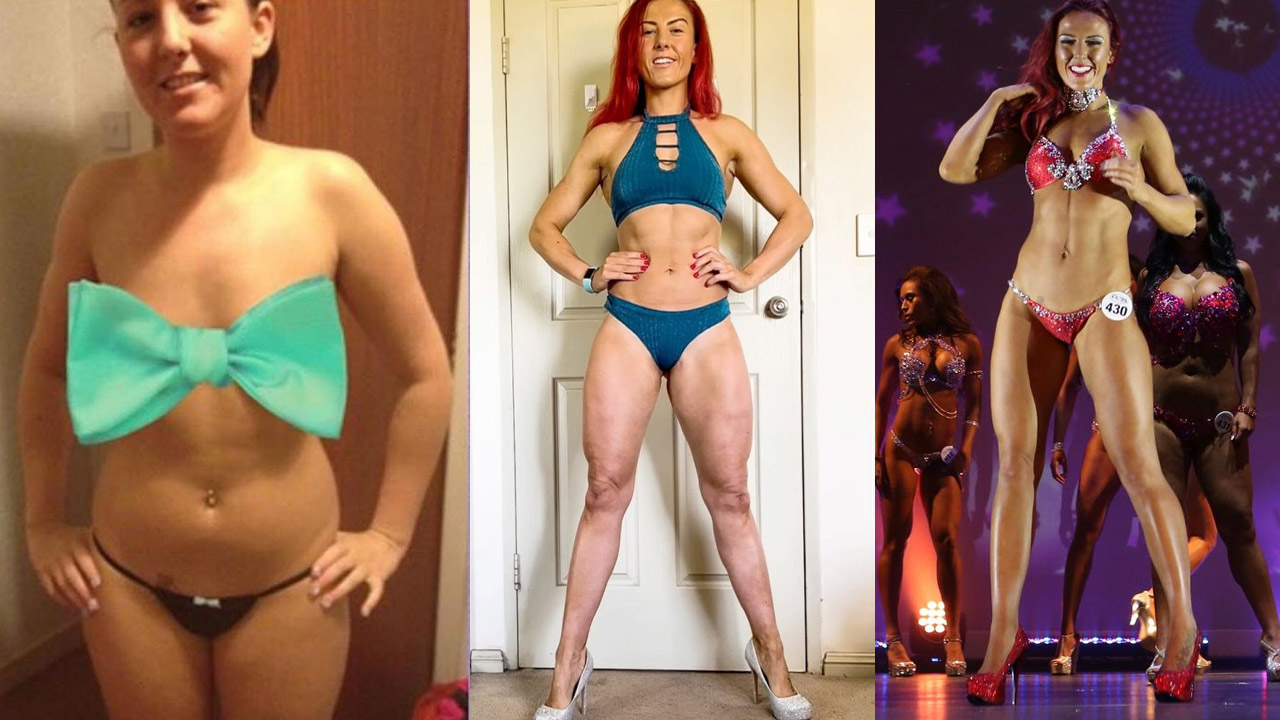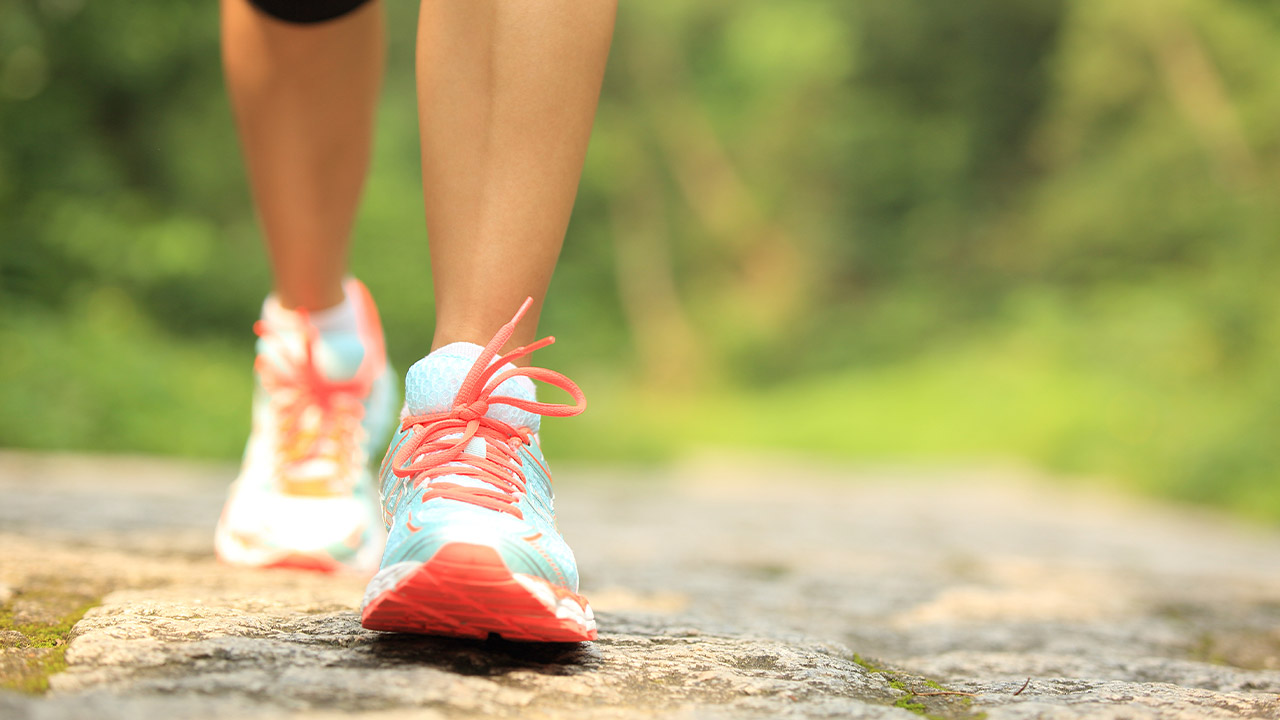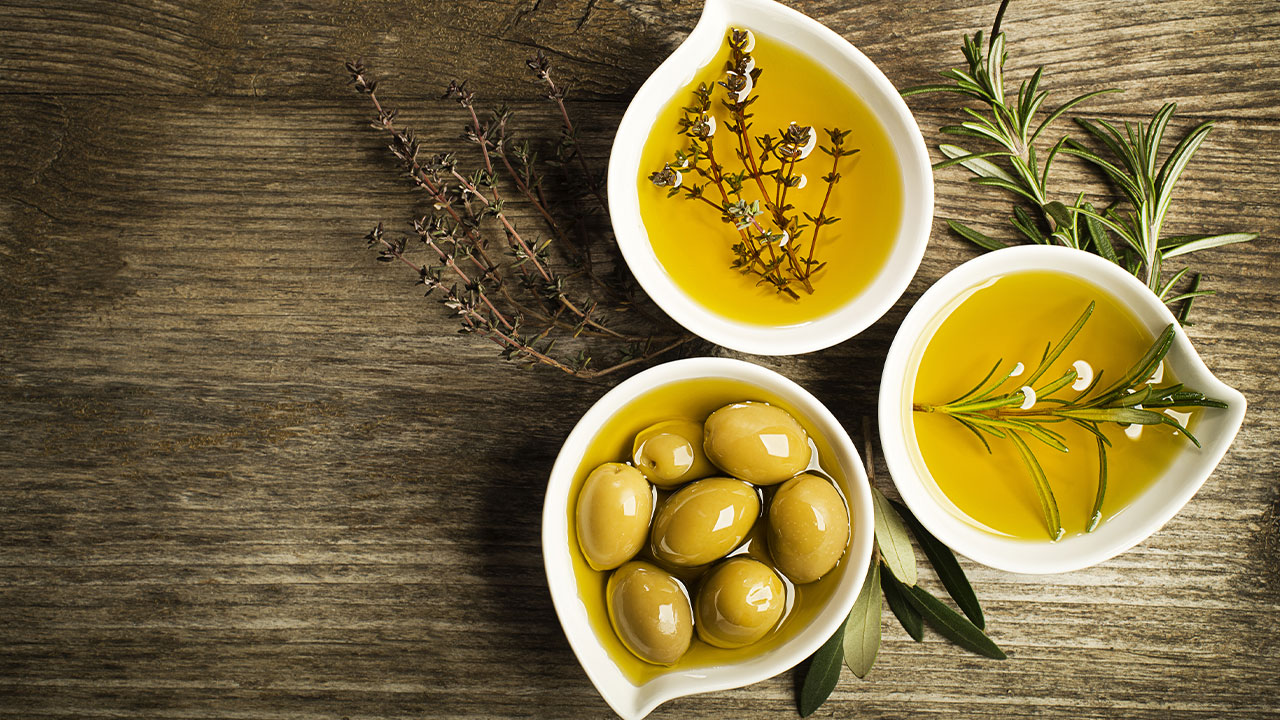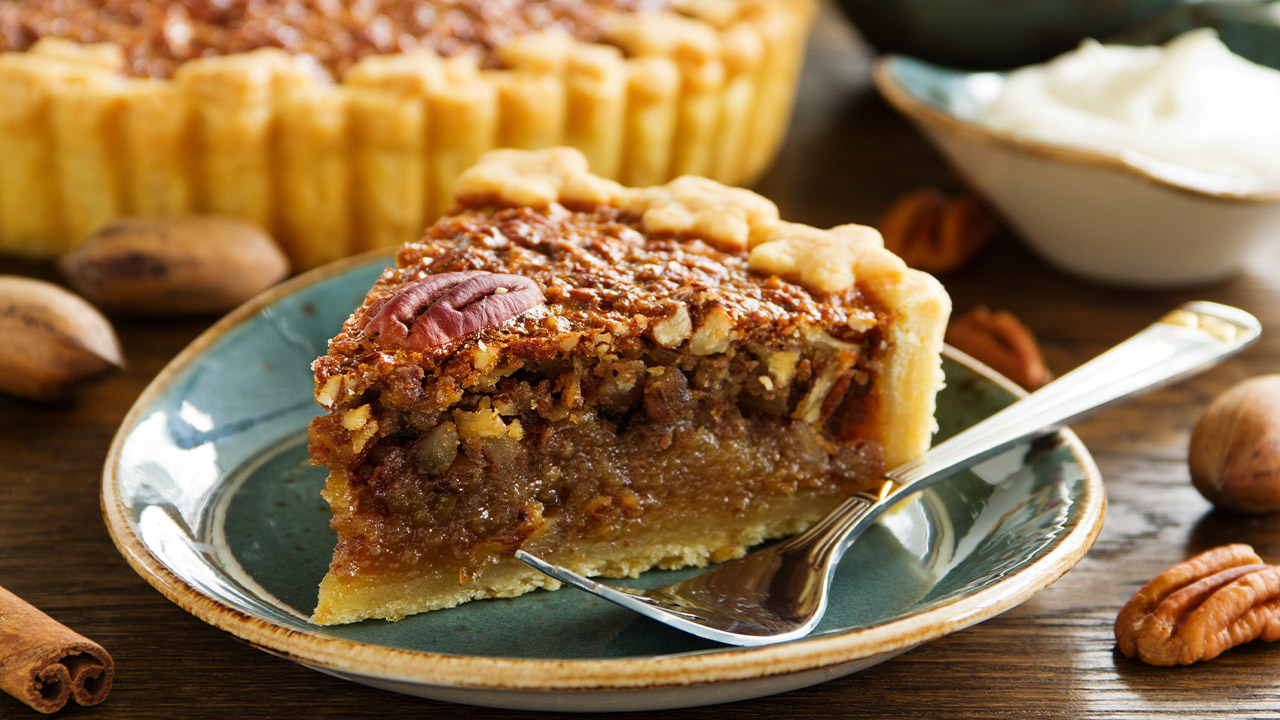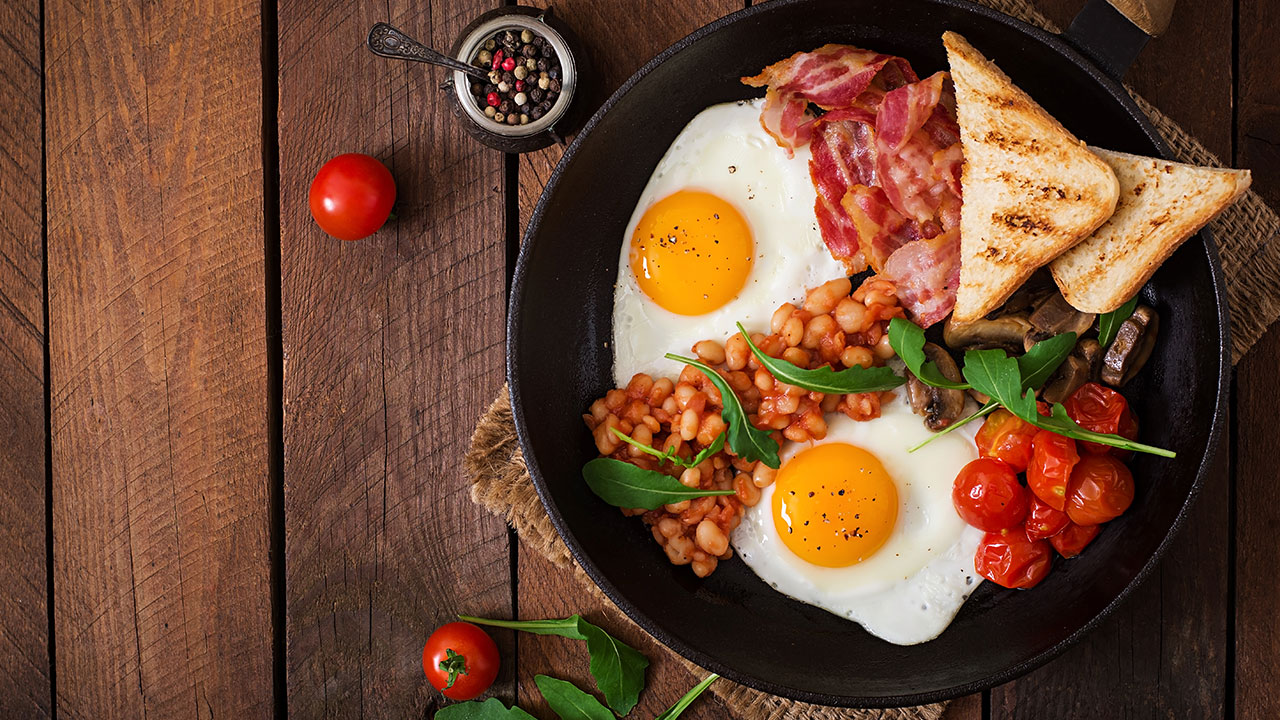The Anatomy of a Healthy Coffee Cup

If you’re like the majority of coffee-drinkers out there, you’re probably pouring yourself a cup (or three) of coffee every day. Overall, your favorite morning java jolt is healthy for your body – research has shown that the habit is associated with better blood sugar regulation, sharper focus, a healthy hart, and more.
At the same time, that same mug can become a vessel for an overload of sugar, cream, and dairy – and if you’re at the coffee shop – whipped cream, chocolate shavings, fancy syrups, and so much more!
Even 50 extra calories every day will amount to almost 5 pounds worth of calories in a year. That’s why working with some tricks to build a better coffee cup will always pay off. In this article, we’re here to talk about exactly that.
#1 CHOOSE YOUR STRENGTH
First of all, are you going full caffeine, half-caf, or decaf? Your choice might initially depend on what you’re going for in terms of nutrients and health properties. For example, people with digestive issues might consider decaf or half-caf coffee. People with anxiety and depression might also want to cut back on caffeine.
If you’re sipping your brew later in the day, you might want to avoid fully caffeinated drinks. Either way, mainstream health authorities suggest that we can keep our healthy consumption up to 400 milligrams of caffeine a day.
#2 CONSIDER DAIRY
You have a few options here. First, plant-based or dairy creamers. The second is straight milk (almond, oat, coconut, soy, etc.)
These vary wildly from one to another in terms of calories and fat. For example, one single tablespoon of heavy whipping cream will contain about 50 calories. Contrast that with ¼ cup of almond milk, which is about 5-10 calories, and only has about half a gram of fat. There’s no one-size-fits-all approach to this.
Look at the context of pretty much everything you’ve been consuming in the day. If you love regular cream in your coffee and you want to stick with that, then you can make certain adjustments throughout your day such as consume something lower in fat later on.
#3 ADD (OR SKIP) SUGAR
Flavored milk and creamers, as well as plant-based versions, will often have a lot of hidden sugars. You should always stay in control of how much sugar you’re consuming by adding a certain amount of unsweetened milk or creamer. When you’re adding sugar alone, keep in mind that all kinds of sugar (regardless if its brown, raw, white, maple, etc.) is still sugar.
#4 SPRINKLE IN SOME SPICES
If you enjoy the taste of cinnamon, this would be the perfect time to shake some on top of your usual brew. Or you can try cocoa powder for a more chocolatey taste. Neither will add any significant calories to the mix, but they’ll all provide a zip of sweetness.
#5 EXPLORE ALL THE EXTRA OPTIONS
There are countless things people are putting in their coffee nowadays. From protein powders, to collagen to adaptogenic powders, MCT oil, etc.
Any time someone wants to add a supplement in their coffee, they should be reminded that they are intended to be supplements and not a crutch for unhealthy eating habits. If you’re going to add a scoop of collagen for about 10 grams of extra protein or stir in some protein powder in your coffee, you will still want to consume high-quality protein sources for the rest of the day.
Protein coffee – or as it has been called, proffee – can indeed make your cup more filling. And if you’re not someone who his really big on breakfasts, this can be an amazing way to stabilize blood sugar and get much-needed calories early in the day.



